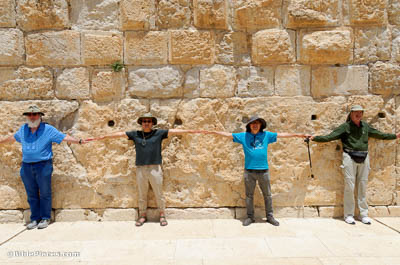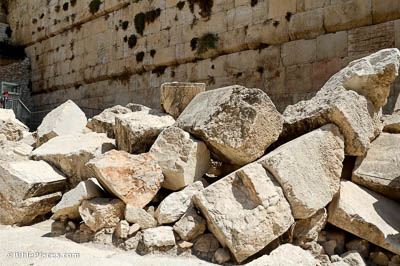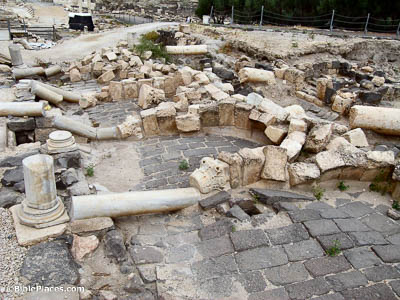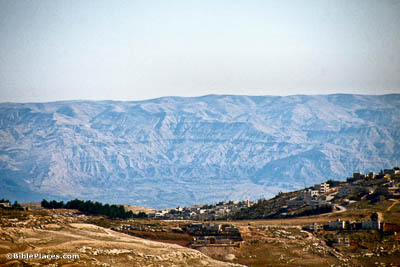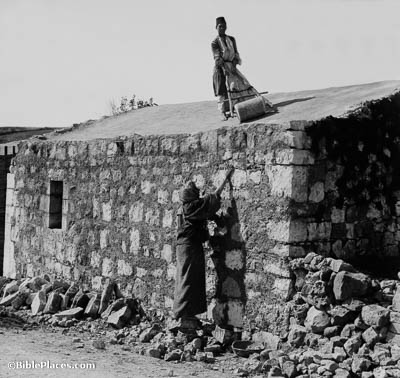Teacher, behold what wonderful stones and what wonderful buildings! (Mark 13:1).
Some of the blocks in the Temple Mount are truly magnificent. This one from the southern wall isn’t even the largest—that one is 43 feet long and weighs an extraordinary 570 tons. The immense size of these stones was probably what inspired the disciples’ awe.
